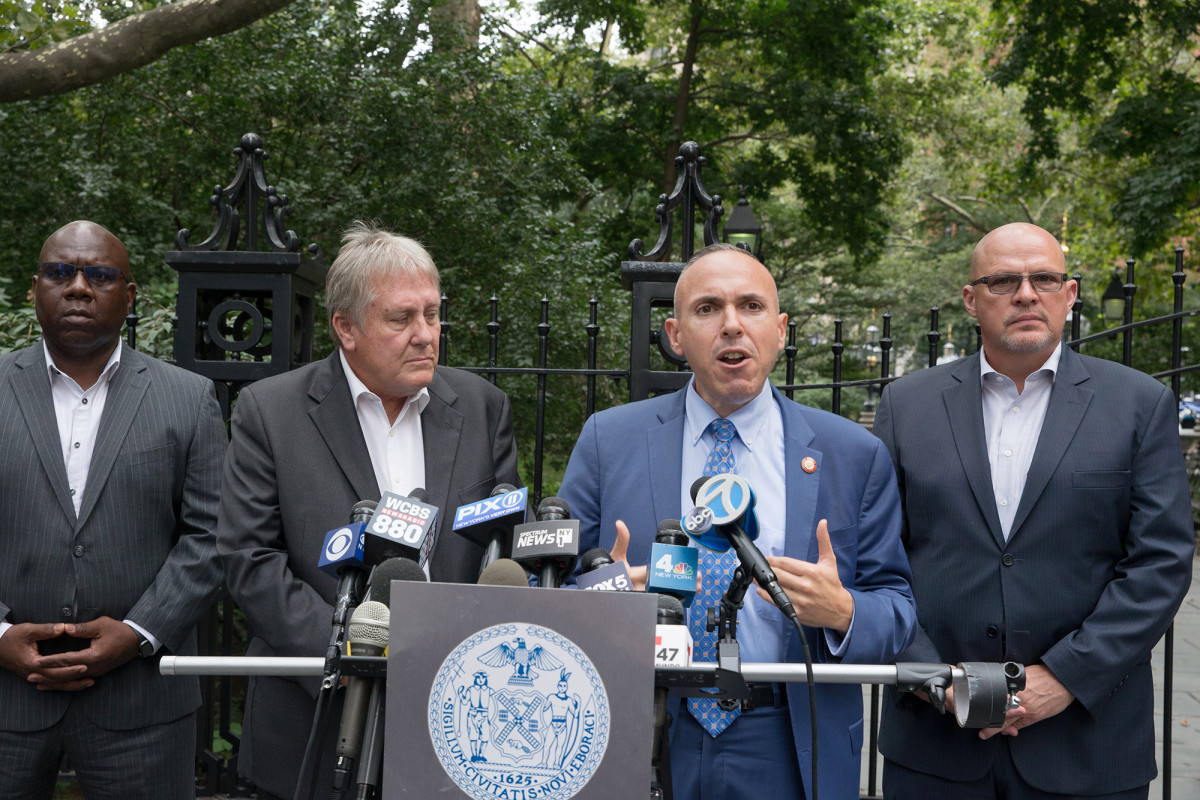The City Council announced a new bill Thursday that would lower Department of Education class sizes to protect against coronavirus transmission and bolster overall learning.
Education Committee Chair Mark Treyger and Council Speaker Corey Johnson want to raise the minimum per student space requirement from 20 square feet to 35 square feet in all grades over the next three years.
“The world has forever changed because of this pandemic and there’s no going back,” Treyger said in a statement. “We need to ensure our city’s building occupancy codes are up to date with modern science and public health data.”
Pre-K and kindergarten classes already adhere to the 35 square foot minimum, but Treyger said the standard should apply across the board.
“To help make sure that public school classrooms remain safe places, we need stricter space limits for all students, not just the city’s youngest,” he said.
Officials said most city classrooms range in size from 500 to 750 square feet. The new guidelines would would cap the number of kids in a 500-square-foot room at 14 and 21 for a 750 square-foot space.
City high schools had roughly 26 kids per class last year, according to DOE data.
The legislation would require all city schools to comply by September 2024.
Teachers union chief Michael Mulgrew, who appeared with Treyger and City Councilman Daniel Dromm at a Thursday press conference, endorsed the proposal.
“There are many reasons to support smaller classes, and health concerns are the most immediate,” he said. “Making sure that we are not cramming too many children into each classroom is an important step to reassuring parents that we have learned from this pandemic, that it is not business as usual.”
Backers said the move would not hamper the ability of schools to reopen fully next year and that space-squeezed administrators would have time to figure out the logistics.
Overcrowded buildings would potentially be able to use auditoriums and other areas, officials said.
Treyger did not put a price tag on the plan but said new funding sources make it feasible.
“The city is in receipt of significant federal and state resources to make this phased-in plan a reality,” he said.
A DOE spokesperson said the agency would review the proposal.



















